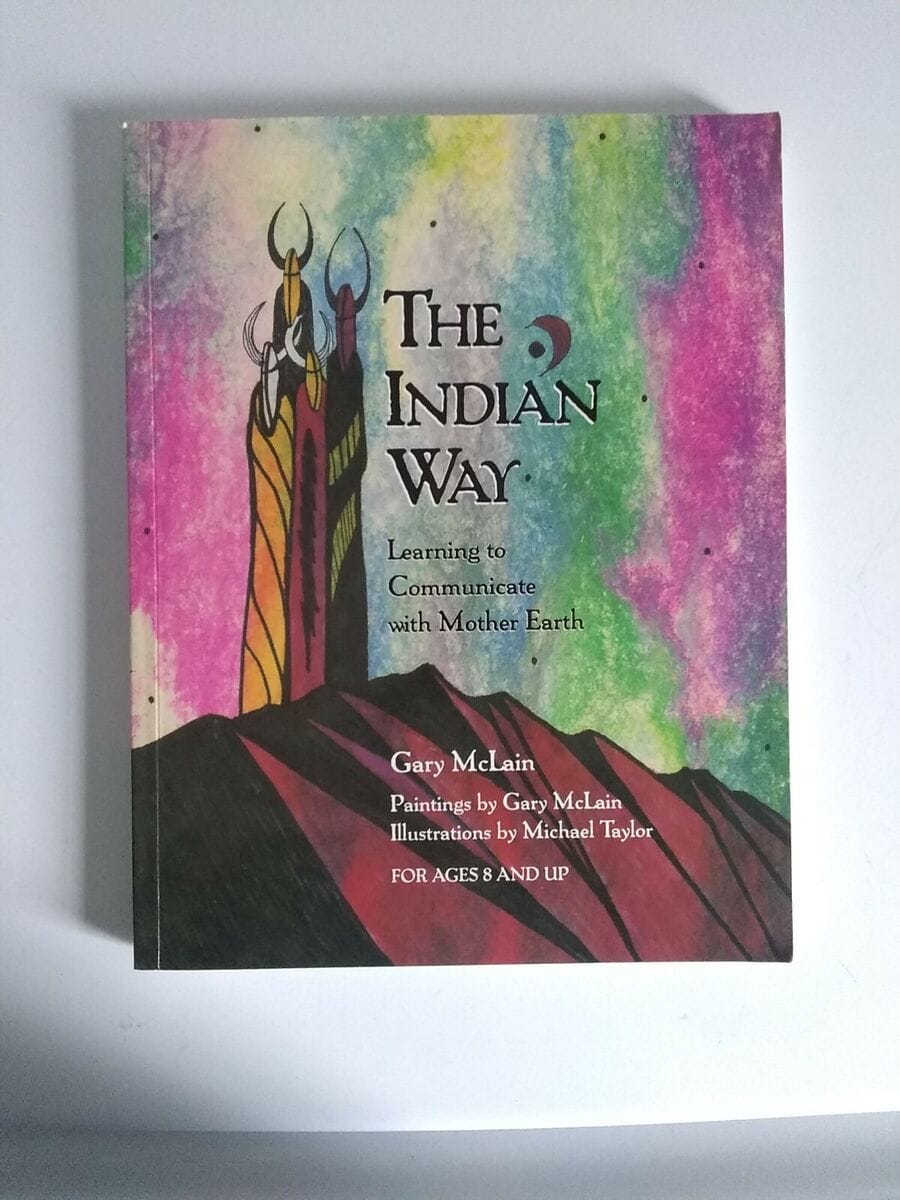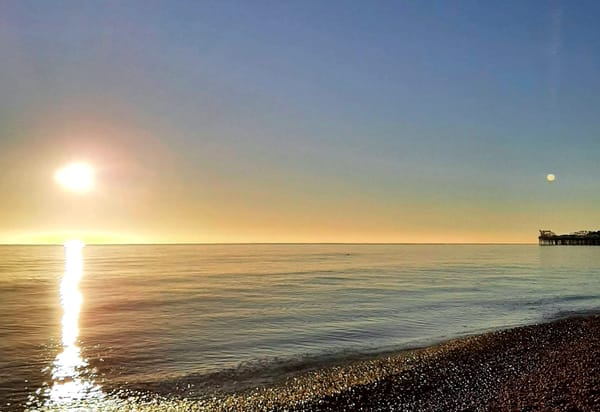Stories told about the first Thanksgiving often perpetuate harmful stereotypes and erase the true history of the early encounters between Indigenous communities and colonisers
Since 1970, participants have created an annual protest called the National Day of Mourning to honour their ancestors.
History of the National Day of Mourning
While the story of Thanksgiving tells about a mutual benefit between the Pilgrims and Indigenous People, the truth is brutal racism and oppression. The United American Indians of New England created this holiday to publicise the democide and misrepresentation of Native Americans.
Here are some books we've chosen to honour Indigenous people:

Keepunumuk: Weeâchumun's Thanksgiving Story
by Danielle Greenbank, Anthony Perry, Alexia Bunten and Garry Meeches
A beautifully illustrated, and more complete story, of Keepunumuk, the time of harvest for the Wampanoag people from the regions around Plymouth. Written and illustrated by Native people, including Danielle Greendeer of the Mashpee Wampanoag Nation, the story centres on the Wampanoag experience as told by a grandmother to her grandchildren.
The book introduces the “three sisters” of corn, beans, and squash which were so important to the survival of those early tribes and settlers. The glossary of words and pronunciation, recipes, activities and additional historical information makes this as much a teaching tool as a story book.

The Indian Way: Learning to Communicate with Mother Earth
by Gary McLain and Michael Taylor
I've had this book since my older two children were small and am just starting to explore it with Iris. It's a rich resource! The book is divided into 13 moons and charts a journey through the year, with stories, recipes, crafts and ideas as told by Grandpa Iron, a Northern Arapahoe medicine man to his grandchildren on the eve of each full moon.
It shows us how we can live in harmony with our environment, which includes the Earth, plants, animals and our families. Gary is an Irish/Choctaw artist and writer.

Giving Thanks: A Native American Good Morning Message
by Chief Jake Swamp (Mohawk)
This has been a beloved children’s book for more than 25 years. Though not specifically about Thanksgiving, it has a message of gratitude, of appreciating the earth and all it provides.
Grounded in themes of love, spirituality and gratitude and written by the late Mohawk Nation diplomat and Tree of of Peace Society founder, the prose comes to life with gorgeously illustrated pages by Erwin Printup Jr. It’s a great reminder that all year long, we should be giving thanks for the wind, the rain, the green grasses, and the stars, which work together to bring us what we have.

Thanks to the Animals
by Allen Sockabasin and Rebecca Raye
Alone, cold, and frightened, Zoo Sap cries, and his cries attract the forest animals. Beginning with beaver and ending with the great bald eagle, the animals rush to protect the baby and shelter him from the cold until his father returns for him. Allen is a Passamaquoddy who devotes much of his time to teaching and preserving the Passamaquoddy language.

Home to Medicine Mountain
by Chiori Santiago and Judith Lowry
Two young brothers are separated from their family and sent to live in a government-run Indian residential school in the 1930s - an experience shared by generations of Indigenous children throughout North America. At these schools, children were forbidden to speak their languages and made to unlearn their culture. And often, they weren't able to go home to their families for holidays.
Indigenous artist Judith Lowry based this story on the experiences of her father and her Uncle Stanley. Judith and author Chiori Santiago tenderly relate how Stanley and Benny Len found their way home by train one summer. Inspired by their dreams of home and the memories of their grandmother’s stories, the boys embark on an adventurous journey from the harsh residential school to their triumphant welcome home at Susanville, California, in the shadow of Yo-Tim Yamne (Medicine Mountain).

Kiki's Journey
by Kristy Orona-Ramirez and Jonathan Warm Day
Kiki is a city girl who calls Los Angeles home. But home is also a place filled with expressions of her family’s Tiwa Indian heritage. Her parents left the Taos Pueblo reservation long ago, and Kiki hasn’t been back since she was a baby. She hardly even remembers what the Pueblo is like, until she returns with her parents during spring break. Suddenly, Kiki feels like a tourist in a place that should feel like home.
Kristy Orona-Ramirez’s tender story sensitively portrays the rewards and challenges of contemporary life for Indigenous People, and Jonathan Warm Day’s vivid illustrations glow with the Southwestern sun.

Brother Eagle, Sister Sky
by Chief Seattle and Susan Jeffers
"The Earth does not belong to us. We belong to the Earth." Chief Seattle, a leader of the Duwamish and Suquamish people spoke these words over a hundred and fifty years ago. His remarkably relevant message of respect for the Earth and every creature on it has endured the test of time and is imbued with passion born of love of the land and the environment.
Illustrated by award-winning artist, Susan Jeffers, the pen-and-colour drawings capture the splendour of nature and the land. My daughter and I both love the poignant message and beautiful illustrations.
The details of Chief Seattle's speech dated around mid-1850s are complicated, and accounts of it might not be completely accurate, and there is a note in the back of the book that addresses that.

Still This Love Goes On
by Buffy Sainte-Marie and Julie Flett
The breathtaking art by Julie Flett brings Buffy's vivid lyrics to life, crafting a stunning portrait of a Cree worldview. At the heart of this picture book is a gentle message about missing our loved ones, and the promise of seeing each other again.
Julie Flett is a Cree–Métis author, illustrator, and artist who has received numerous awards for her work. We love the simplicity and space in this book - it's a great end of the day read!
The Song of the Trees
by Kenneth Steven and Lily Moon
A long time ago, before the first white man set foot in the New World, an Indigenous girl called Lalita awoke from a frightening dream. Her dream became reality as she watched her beloved trees being cut down. Lalita refused to leave with the rest of her tribe. She wept for seven days and for seven nights for the beautiful land she thought she had lost forever... This book tells a tale of endurance and the power of love.

Ten Little Rabbits
by Virginia Grossman and Sylvia Long
Writer Virginia Grossman and artist Sylvia Long, a Dakota Indian, have created this counting book, which depicts rabbits weaving, fishing and storytelling alongside other Indigenous traditions. We have the board book version and love the illustrations.

The Way to Start a Day
by Byrd Baylor and Peter Parnell
Whilst Byrd was not an Indigenous person she worked as a counsellor on the Tohono O’odham Reservation and set up Byrd Camp to house displaced people, alongside her grandson, Jesse Stanley. She grew up with great respect for the natural world of the deserts and canyons around her and this inspired her writing. We have several of her books: The Way to Start a Day, I'm in Charge of Celebrations and The Other Way to Listen.
The illustrations are gorgeous (and quite different from most children's picture books). There's a page that shows Indigenous people lifting their baby to greet the sun; it says, "And high on a mesa ledge in Arizona they were holding a baby toward the sun. They were speaking the child's new name so that the sun would hear and know that child. It had to be sunrise. And it had to be that first sudden moment. That's when all power of life is in the sky." Truly beautiful books!
MORE INSPIRATION
EXPLORE A critical analysis of Indigenous people in children's literature here







